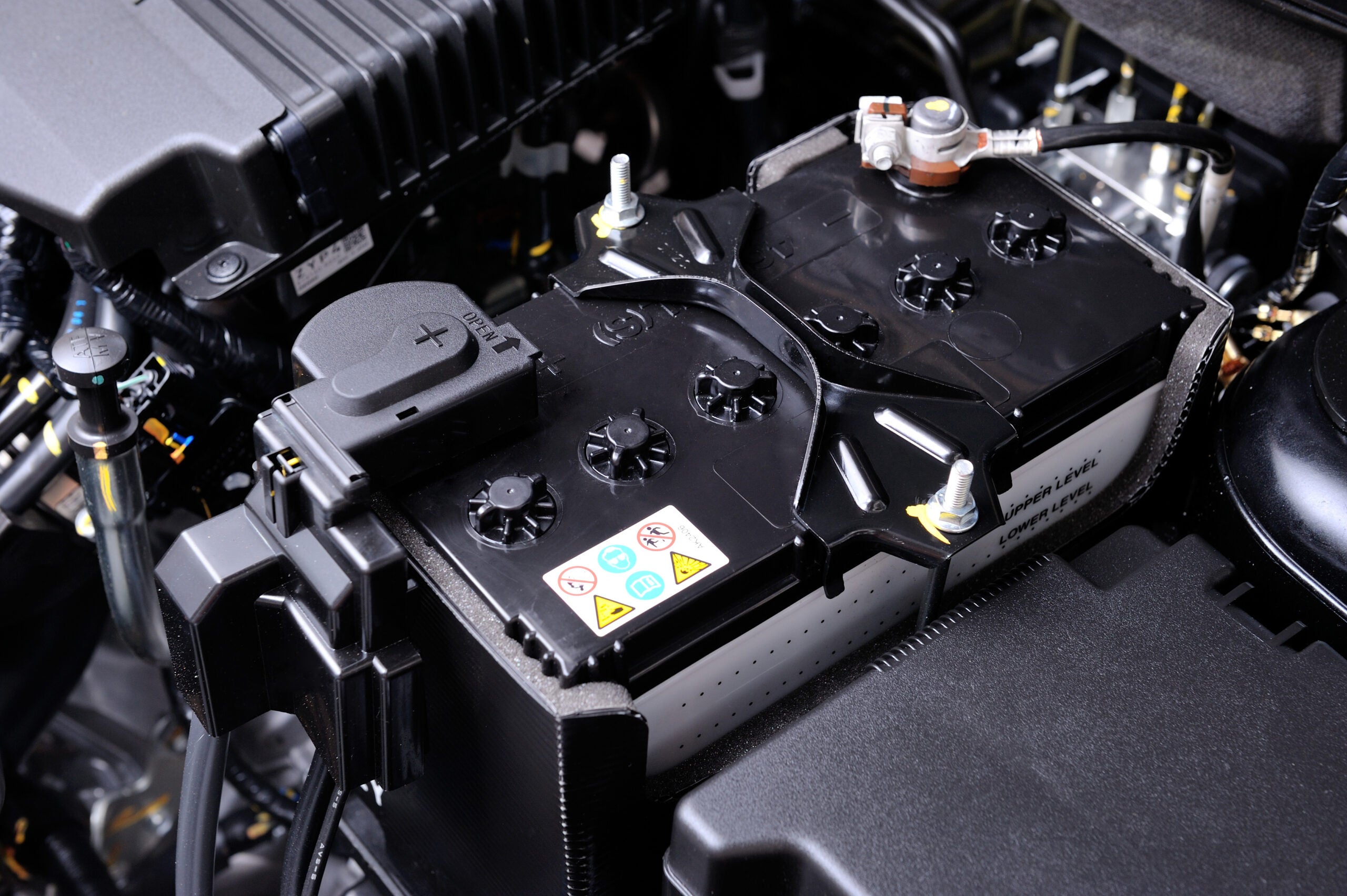On July 28, the EU published a new Batteries Regulation in the Official Journal that will replace the current 2006 directive. This new regulation is set to shake up the manufacturing industry with its broad scope and stringent requirements that will start to take effect from February 18, 2024. This ground-breaking regulation makes supply chain due diligence a market access requirement for batteries and is an excellent example of how legislation is increasingly converging product compliance and environmental, social, and governance (ESG) requirements.
In this article, we’ll examine the significant shifts the new EU Batteries Regulation represents. From wider substance restrictions to new sustainability requirements, we’ll break down each change and what it means for manufacturers. These changes call for real action: Given these new rules, your current compliance programs might need to be revisited. By staying on top of these changes and adapting your approach, you can stay compliant, avoid potential fines, and get ahead of your competition.
A Broadened Scope & Substance Restrictions in the New EU Batteries Regulation
The new EU Batteries Regulation applies to all batteries, including waste portable batteries; electric vehicle batteries; industrial batteries; starting, lightning, and ignition (SLI) batteries; and batteries for light means of transport (LMT). This widened scope signifies a substantial shift, expanding obligations to a much larger number of economic operators and products.
The regulation continues to restrict the use of cadmium and mercury as before, but it now extends to include lead in portable batteries. This change signals an increased commitment from EU regulators to reducing the environmental and health risks associated with the use of toxic substances. Manufacturers will need to engage and educate their supply chain to comply with this new substance restriction that will apply from August 2024.
Introduction of Sustainability Requirements
Perhaps the most notable feature of the new EU Batteries Regulation is the introduction of sustainability requirements at the battery level. These include carbon footprinting, minimum recycled content of key minerals (cobalt, natural graphite, lithium, and nickel) as well as performance and durability requirements. Manufacturers are now required to incorporate ESG considerations into their supply chain due diligence, which could necessitate significant adjustments to existing procurement processes. These changes underscore the EU’s commitment to promoting a circular economy and reflect the rise in sustainability-related requirements in new regulations and directives.
To keep up, your program needs to engage suppliers on sustainability performance, including the ability to survey suppliers on ESG impacts and tracking your overall sustainability risk scores.
In our mini-documentary series, Assent in Depth | The Congo: Cobalt & Your Supply Chain Risks, join Assent expert Jamie Wallisch as she travels to the Democratic Republic of the Congo to explore the complexities of responsible minerals sourcing.
Due Diligence Obligations
The new EU Batteries Regulation imposes strict due diligence obligations on manufacturers, which are twofold. On the one hand they must establish systems to verify the source of critical raw materials and minerals used in their batteries and ensure they are sourced responsibly. This includes establishing a chain of custody over the materials in the supply chain, ensuring the materials do not contribute to conflict, child labor, or environmental harm.
On the other hand, manufacturers must implement a management system that will allow them to identify and assess the risk of adverse impacts in their supply chains associated with the environmental and social risk categories listed in Annex X of the regulation. As part of their management system they must take corrective and preventive action to address identified risks and adverse impacts in the supply chain.
Manufacturers will also be required to publish an annual report detailing their due diligence policies, practices, and measures taken to identify and address any identified risks. They will also need to have their policies verified and audited by a notified body who will issue an approval decision if they fulfill the regulation’s due diligence obligations.
Labeling & Information Requirements
The new EU Batteries Regulation also introduces digital battery passports as a new concept. The passport is intended to provide consumers and waste operators with necessary information about the battery’s characteristics, expected lifetime, presence of hazardous substances and critical raw materials, carbon footprint information, information on responsible sourcing, recycled content, and recyclability. It will also provide instructions on how to safely remove batteries from appliances. This innovative tool may act as a blueprint for future compliance requirements, improving how product safety data is shared across the circular economy.
Manufacturers will need to improve the depth and transparency of their data in order to keep up with these new requirements. This begins by gathering as much component data as possible from suppliers — for example, by asking for full material disclosures (FMDs) or comprehensive and standardzied supplier surveys. Once this data is collected, it should be centralized across all business units so that it can be communicated efficiently to other departments and used to draw up the required battery passport.
Prepare Your Program for the New EU Batteries Regulation
You will need to update your procurement processes and invest in improved systems to support new sustainability reporting. To prepare your program now, you should:
- Review current practices
- Engage the supply chain to identify restricted substance use and the presence of critical raw materials
- Evaluate the social and environmental risks in your supply chain and take action to address the risks
- Update methodologies if current programs are not collecting necessary data
The trend toward more sustainable and responsible sourcing practices gives proactive manufacturers an opportunity to capture market share from competitors who are slower to comply. By addressing the changes introduced by the new EU Batteries Regulation and adjusting accordingly, manufacturers can maintain compliance, avoid potential sanctions, and carve out a competitive advantage.
To learn more, Contact us














